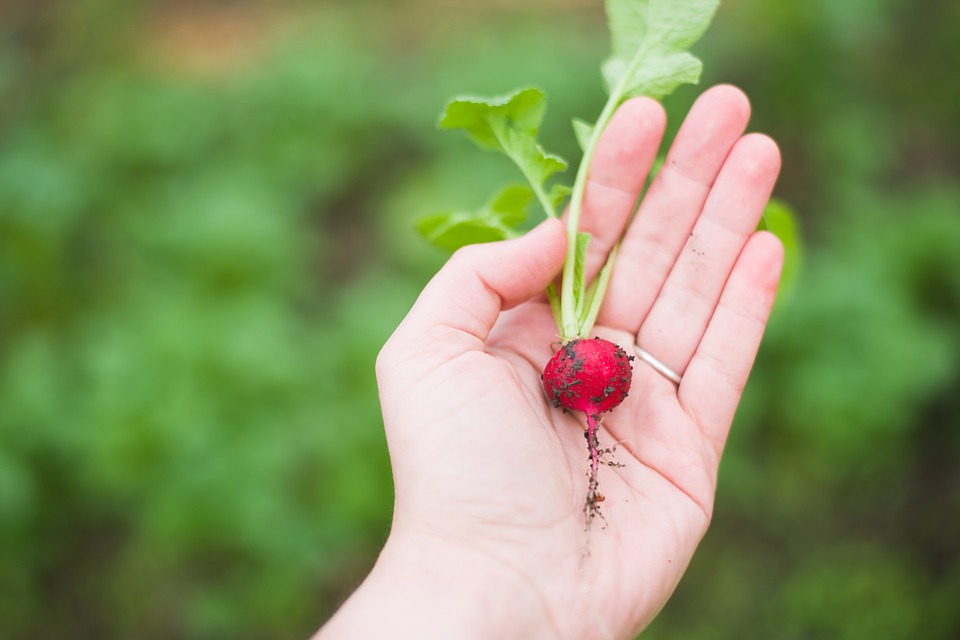
What we choose to consume as food plays a major role in determining our health status – gaining weight or being prone to environmental diseases, for example. Our choices are, however, shaped by the complex world we live in – by the kind of daily provisions available at home, by how far we live from the nearest supermarket, fast food joint or even by the ways that government support farmers.
In the US and many other parts of the world, the physical and social environment makes it very difficult for us to choose healthy foods . The environmental influence bends more upon unhealthy food growth; negatively impacting our health as a result. Some even refer to this food environment as ‘toxic’ because of the way it corrodes natural food production and hence, affects individual well-being.
How Does the Environment Impact our Food?
By thoroughly tracking the nutritional quality of produce since the 1950’s, the USDA (US Department of Agriculture) has seen a dramatic decline. According to a research conducted by Brian Halwell for WorldWatch, the level of vitamin C has declined by 20 percent, iron by 15 percent, calcium by 16 percent and riboflavin by 38 percent.
As a result, we are getting less nutrition per calorie in our foods. This is probably due to a combination of factors, including the use of various fertilizers which significantly alters the already-grown, biochemistry of the soil.
The simplification of the soil makes the agricultural environment prone to pest attacks, so farmers need to use more pesticides, introducing harmful chemicals to our bodies, air and water supplies..
Looking at some of the impacts of environmental toxins and nutritional wastage will help us understand how the food environment influences our health and aid policy-makers in identifying ways to change the environment for the better.
Toxins – the Real Killers
Mostly used for modern agriculture and farming, pesticides and herbicides are two of the most common environmental toxins. Often known as xenobiotics, they not only include pesticides/herbicides but plastics such as bisphenol A, surfactants used in packaging, industrial and household chemicals and heavy metals such as lead and mercury. These products have been shown to have a negative impact on human and animal health.
Much of the water for irrigation comes from underground reservoirs, canals and through rainfall. While plenty of it is fresh water, other sources are usually polluted with heavy metals. This happens because of the industrial and agricultural waste in the local water bodies. Small amounts of mercury and lead are exposed to the water coming in, causing agriculture pollution and crop failure.
One of xenobiotics is made up of environmental oestrogens or xenoestrogens, as they are normally referred to. They act as endocrine system disrupters, coming from other chemicals such as pesticides. Being agriculturally inserted in our food via water sources and air, they enter the body and are not easily broken down.
Xenoestrogens has been associated directly with developmental issues and reproductive health problems in individuals. The chemicals mimic the effect of human oestrogens because they have a specific structure that allows them to fit onto oestrogen receptor sites.
Once, they are there, issues occur. According to a 2006, they prevent normal hormone binding to hormone receptors, signalling pathways and increasing cell division.
Wastage of Nutrients
Mostly common in the United States, the food people eat comes from far away. Shipping food over long distances and processing not only contributes to tremendous air and water pollution and but ends up depleting the food’s nutritional value.
Under the ecological umbrella, humans, as producers, are squandering the nutrients taken from the soil and not replacing them fully. By using commercial fertilizers such nitrogen, phosphorous and potassium, we have simplified the biochemistry of the soil; breaking the ecological link wherein the nutrients from the soil used in growing food are consumed locally and returned to the ground as compost.
The Food miles – food miles is the term given to the distance a certain food has to travel from its point of origin to the point of destination – for example, kitchen counter to the dinner table. The phrase was coined by the renowned professor of food policy at London City’s University, Tim Lang. He has worked in many areas of food, health and environmental impact.
- Travel by Air
Probably the least environmentally friendly way to import food is by air yet it is the most quick (and at times cheap) method of transporting edible products. Due to the amount of greenhouse gases given off by cargo planes, many supermarkets now tend to label food imported this way with dedicated labels, to give customers a chance to make an informed choice about the food they buy.
- Lorry Loading Food
Another common form of transport for food once it has reached its destination is by lorry. The journeys from destination to destination until it is stacked on a supermarket shelf near you, account for 25 percent of CO2 emissions.
What can be done?
As the health-risk epidemic has grown, researchers and many public health advocates have been calling for public policy efforts to address the toxic environment in which we grow our food. Apparently, there is no single environmental change that would stop the rise in food-health related problems. Improving the food environment and surrounding systems requires concerted work across a wide range of sectors and settings from government and industry to local institutions and families.
Detoxification of your System
In order to be able to absorb the leftover nutrients from natural goods and increase your body’s ability to convert toxins to non-toxin substances, you can try doing the following:
- Drink extra water and herbal drinks. They stand at a better position health-wise compared to regular coffee.
- Celery is known to be an ‘unassuming’ but powerful detoxifying food that provides phytonutrients that improves the liver’s ability to detoxify.
- Increasing protein intake from sources like eggs, nuts and seeds can aid in the second phase of detoxification, during which protein in the liver attaches to molecules the body is getting rid of and escorts them out of the body.
Reducing the Impact of Food Miles
By buying fair-trade goods that support third world communities and are transported by sea is one way that can significantly reduce the environmental impact of food miles on the environment.
Shop locally if possible and buy fresh seasonal produce grown in your region. Focusing less on packaged products will also get you far.
Healthy diets and food growth is essential for sustainable food production. With minimal environmental impact, it is definitely possible to feed the world’s ever growing population!





Leave a Comment